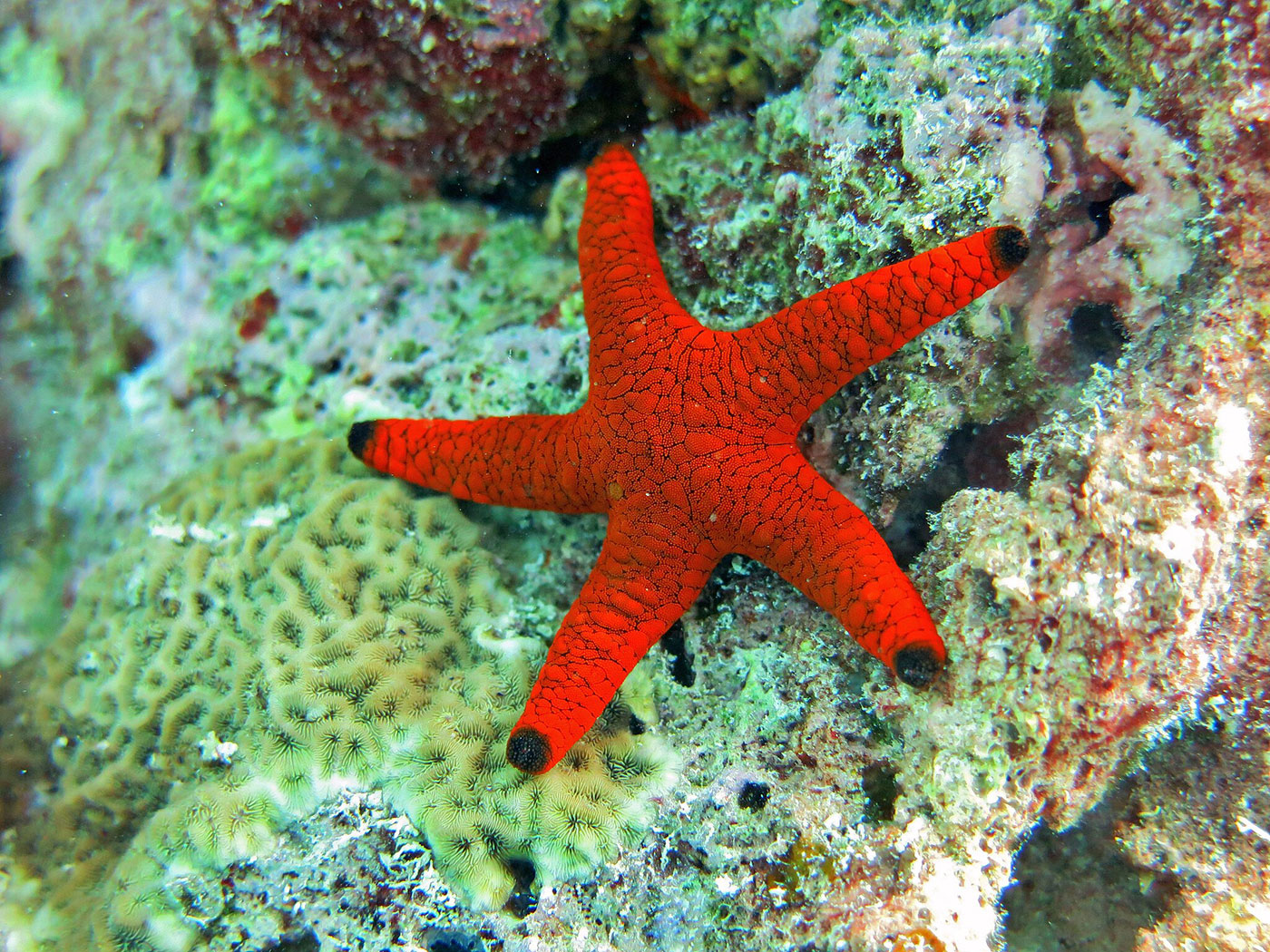PLOS ONE reported the recent discovery of a megatheropod—a large, two-legged dinosaur much like a T. rex—in Africa.1
The authors of the report gave the impressive dimensions—almost 30 feet long—of the Kayentapus ambrokholohali as well as several formidable-looking three-toed footprints that are the largest theropod tracks ever found in Africa.

Creationists maintain dinosaurs were created on Day 6 of the creation week. ![]()
This discovery is important for two reasons: the first is the simple fact that, once again, it was a discovery of a 100% dinosaur—in this case, a species of the familiar theropod kind—not some transitional creature. Creationists maintain dinosaurs were created on Day 6 of the creation week. Therefore, it would not be surprising to find dinosaurs have always been dinosaurs. They did not evolve from a non-dinosaur (i.e., reptilian) ancestor.
Now the focus has shifted from how they died out to where they came from in the first place. Dinosaurs coexisted with their reptilian forebears, rather than replacing them.2
The second reason is that its great size, physical location, and age were all unexpected from an evolutionary standpoint. Paleontologists expected a considerably smaller theropod dinosaur in sediments dated by evolutionists to be of the Early Jurassic epoch around “200 million years ago.” Such was not the case—they found a giant creature. “It is only much later in the Jurassic and during the Cretaceous, which starts 145 million years ago, that truly large forms of theropods, such as T. rex, appear in body and trace fossil records.”1 Creationists maintain the geologic column is not millions of years old but was laid down rapidly during the Flood only thousands of years ago, so this fossil certainly wasn’t unexpected to us. Various types of soft tissues ensconced in numerous sedimentary units also support this biblical interpretation.
Good science shows that dinosaurs have always been dinosaurs ![]()
Good science shows that dinosaurs have always been dinosaurs, and we look forward to more “unexpected” discoveries!
References
- 'Mega-carnivore’ dinosaur roamed southern Africa 200 million years ago. Science Daily. Posted on sciencedaily.com, accessed October 24, 2017; Sciscio, L. et al. 2017. The first megatheropod tracks from the Lower Jurassic upper Elliot Formation, Karoo Basin, Lesotho. PLOS ONE. 12 (10). e0185941.
- A new fossil find in Brazil rewrites the history of the dinosaurs. The Economist. Posted on economist.com November 10, 2016, accessed October 24, 2017.
*Frank Sherwin is Research Associate, Senior Lecturer, and Science Writer at the Institute for Creation Research.
Stage image credit: Copyright © 2017. F. Knoll. Used in accordance with federal copyright (fair use doctrine) law. Usage by ICR does not imply endorsement of copyright holder.
Article posted on November 13, 2017.



















